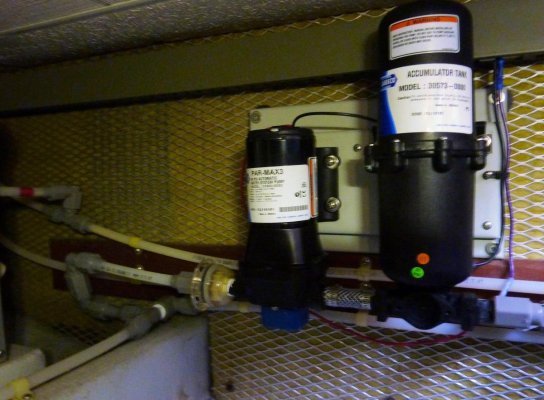It has to be installed correctly (as in the instructions). That would be water tank(s), filter, pump, accumulator tank, then cold water outlets and water heater inlet.
The tank has a bladder with pressurized air on one side and the potable water on the other side. The pump puts water into the tank, compressing the air until the pump reaches it's cutoff pressure. When you draw water, it comes from the tank until the pressure drops to the point where the pump kicks in. Shut the water off and the pump runs untill the pressure is built back up.
If the pump runs every time you draw water, even a pint or two, either it was installed wrong (and it never worked), it has lost its air charge (12 PSI for my boat tank), or the bladder is punctured.
I had this type of system in my home for over twenty years.





